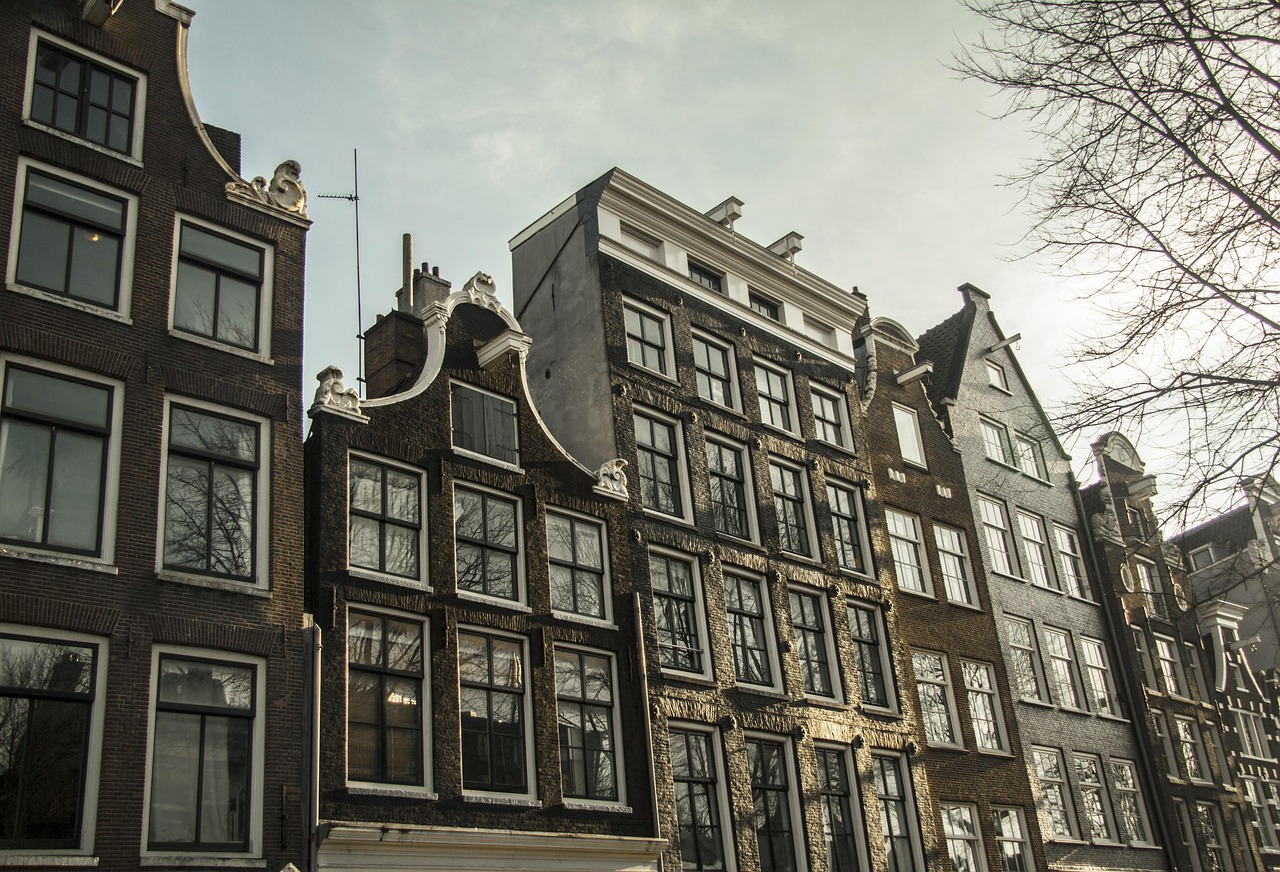First Stock Exchange in the World-The Rise of Dutch East India Company
ECONOMIC HISTORY
The idea of trading company shares existed even before in the Ancient Rome but exact date could not be found. In 1300 Venetian lenders would carry slates and attract clients with the information displayed. Moneylenders traded debts with each other.
The official set up began with the- The first stock exchange in the world which was founded in 1602, created in Amsterdam when the Dutch East India Company (VOC) was set up. VOC full form was Vereenigde Oostindische Compagnie.
During those times spice trade was common way to gain profit among the countries but it was a high risk and high reward trade. Many of the ships never returned so how could government take such a risk since it was at war with Spanish Crown and needed military funding?
At that time, it was custom to fund the single voyage and to be liquidated upon the return. The expedition was considered high-risk venture because most of the voyage ended in failure, also because of inelastic demand and elastic supply.
So, the government came up with the idea, the company which was originally called as United East India Company set up as a monopoly and was made up of all the individual ship owners who were united under the joint-stock company.
In fact it was first adopted by the East India Company in 1600, the Dutch East India Company followed the pattern. The bundling of the resources and the jointly-ownership allowed the investors to distribute the risk and also lowered the financing of the expensive voyage.
And in 1602 with State General of the Netherlands granting Dutch East India Company (VOC) a 21 years charter over the Dutch traders in Asia and quasi-governmental powers like authority over trade
VOC set up the foundation of the modern stock exchange-what was its structure and how it was different?
VOC had two types of shareholders- the participanten, who could be seen as the non-managing and bewindhebbers, who acted as the managing directors, following the same pattern as most Dutch joint-stock companies.
What made VOC different was that liability of both the participanten and bewindhebbers were limited to paid-in capital (usually bewindhebbers had unlimited liquidity). VOC was a limited liability company. When the investors wished to liquidate their interest, they could only do it by selling their share to others on the Amsterdam Stock Exchange.
Since the risk was distributed, even less wealthy people can buy the share and get profit, and even if the loss will be not much since the risk is lower. The stock market was step up in a common market area, making it accessible to the common people (which happens in modern stock exchange) which was not possible because not all people had the access to the huge businesses.
Thus, the exchange made the company became the first publicly traded company.
The transfer of shares to a third-party was also offered the investors to. At secondary market rose for the resale of the stock through the official bookkeeping, Securities market was born through this type of speculative trading.
In 1623, after 21 years were over and the shares were needed to be liquified and the profit should be distributed, but the trade did not show any sign to slow down. So the State General issued second charter, granting VOC additional years with no period of liquidation instead dividends were to be paid to the shareholders.
The rise of VOC was not without the shedding of blood.
There was high demand for spices in Europe at that time. VOC focused on trading spices, silk, tea, grains, rice, soybeans and sugarcane. They brought spices and grains from countries like Indonesia, India, Sri Lanka, China, etc. They discovered new trade routes and gained control over trade in Southeast Asia.
The large amount of VOC success came from Dutch forcefully monopolizing the nutmeg and colonizing Indonesia. They also battled Portuguese and took over port of Galle, monopolizing cinnamon.
Because of the charter, VOC held a significant amount of power over military and they used it to expand their power. The large amount of fleet helped them carry out multiple of trades lowering the risk of failure.
Citation
Petram, L. O. (2011). The world’s first stock exchange: how the Amsterdam market for Dutch East India Company shares became a modern securities market, 1602-1700. [Thesis, fully internal, Universiteit van Amsterdam]. Eigen Beheer.
